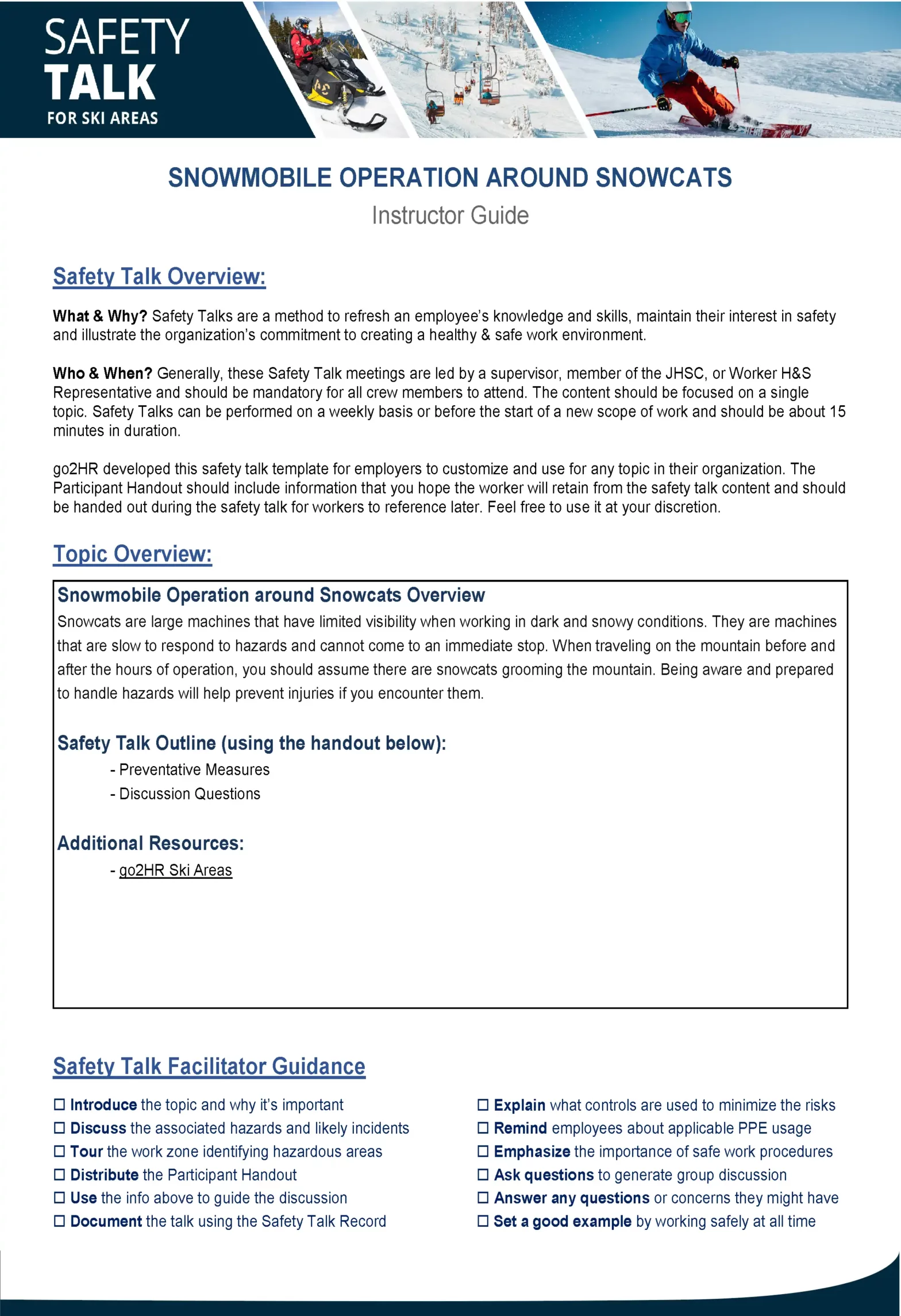April 6, 2023
WHY SHOULD YOU IMPROVE YOUR WORKPLACE SAFETY PRACTICES?
By focusing on preventing and effectively managing workplace injuries, you can help keep your employees safe and healthy while saving your company time and money.
INJURIES CUT INTO YOUR BOTTOM LINE
The tourism and hospitality industry may not be perceived as dangerous, but many workplace hazards can potentially lead to serious injuries.
When an employee is injured on the job, the direct insurance costs are only the tip of the iceberg. Injuries to employees such as cooks, ski patrollers and room attendants can cause personal suffering and will result in increased costs for your company. If you factor in these additional hidden costs, it becomes clear that you have a lot to lose if you don’t have strong occupational health and safety practices.
On average, for every $1 of direct costs of an accident, a company will spend an additional $4 in indirect costs, according to a WorkSafeBC report.
Direct insurance costs
Coverage for injuries, diseases, and damage (for example, WorkSafeBC premiums, extended health benefits, short-term and long-term disability)
Indirect “hidden” costs
- Reduced productivity
- Costs for replacement workers
- WorkSafeBC fines and/or penalties
- Investigation time
- Reduced employee morale
- Production delays
- Legal costs
- Cost to repair damaged equipment or products
- Loss of contracts and damage to business reputation
- Administrative costs
You can calculate the cost of various worker injuries in the tourism and hospitality industry by using WorkSafeBC’s Tourism and Hospitality Safety Calculator.
AN OHS PROGRAM CAN REDUCE YOUR COSTS
An occupational health and safety (OHS) program is a process for managing health and safety in your workplace. An OHS program will help prevent injuries and other costly incidents.
A successful OHS program can also help you to:
- Reduce your annual WorkSafeBC premiums. Depending on your company’s safety performance, you may face a surcharge of up to 100 per cent or a discount of up to 50 per cent on your premiums over time.
- Lower the indirect “hidden” costs of your workplace incidents. On average, for every $1 of direct costs of an incident, a company will spend an additional $4 in indirect costs.
- Reduce your industry’s WorkSafeBC premium base rates. You are contributing to a reduction in the number of claims and claim costs within your industry.
- Avoid potential WorkSafeBC penalties and fines by being in compliance with the legal requirements of the Occupational Health and Safety Regulation.
- Prepare for entry into safety incentive programs such as the Certificate of Recognition (COR) program. And COR certification means you could receive a rebate of up to 10% on your annual WorkSafeBC premiums.
- Reduce the rate and duration of injuries, keeping your employees healthy and safe.
- Improve employee morale, productivity and customer service.
- Demonstrate your company’s commitment to a healthy and safe workplace culture.
- Attract, recruit, and retain employees who value a safe and healthy workplace.
- Save yourself time by increasing staff participation and ownership of workplace health and safety.
For more information, contact the go2HR Industry Health & Safety Team.
Return to top


